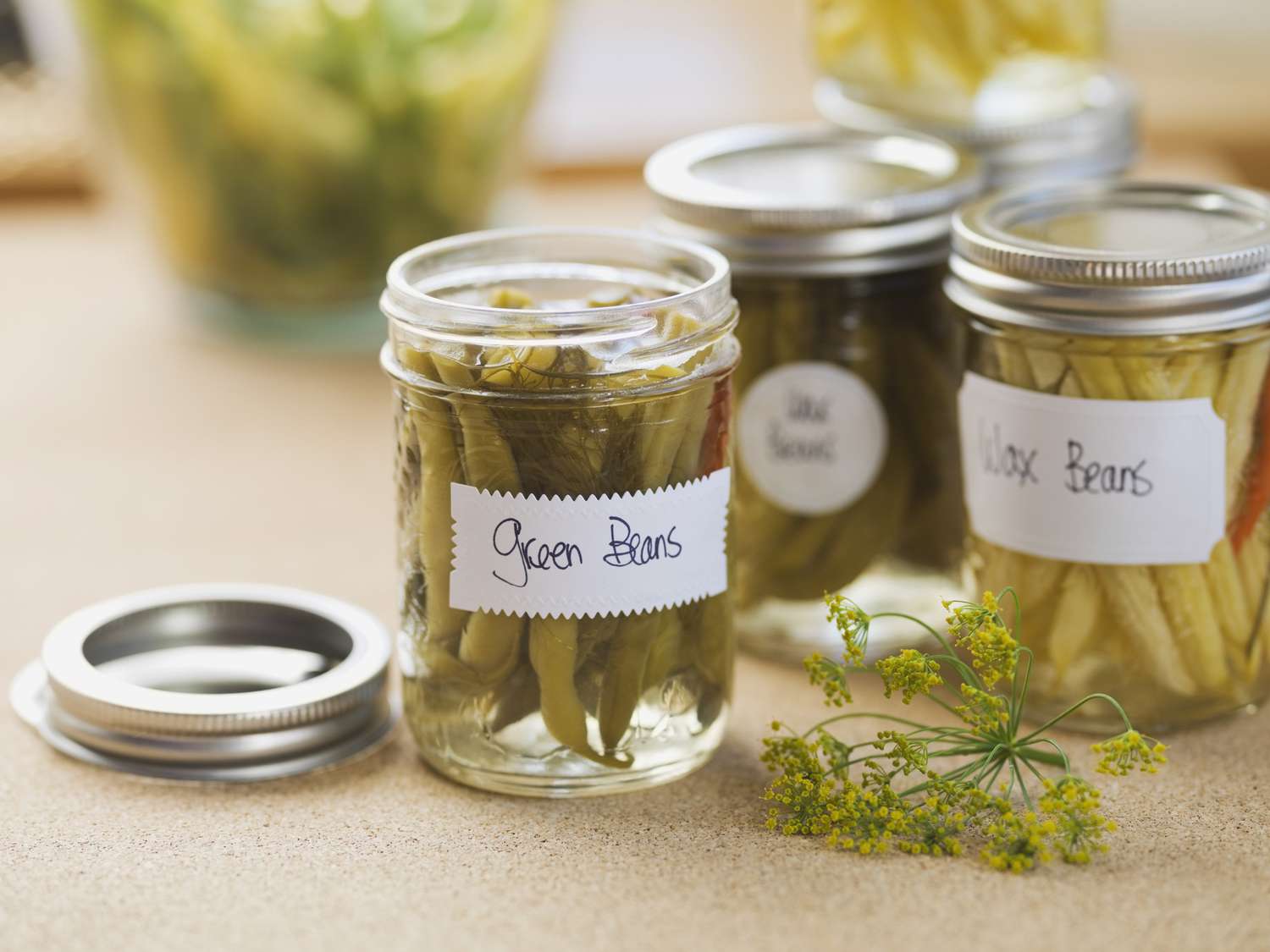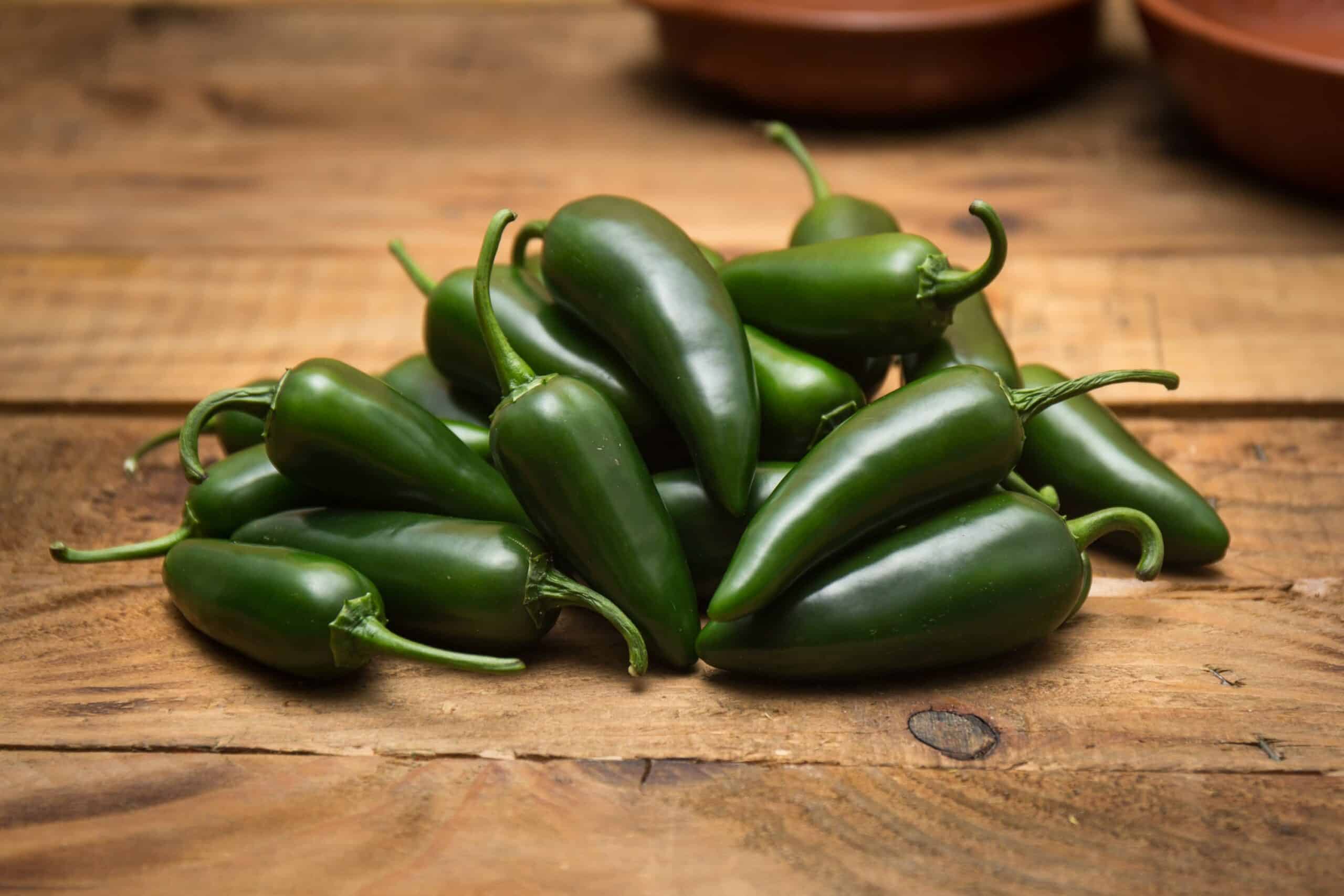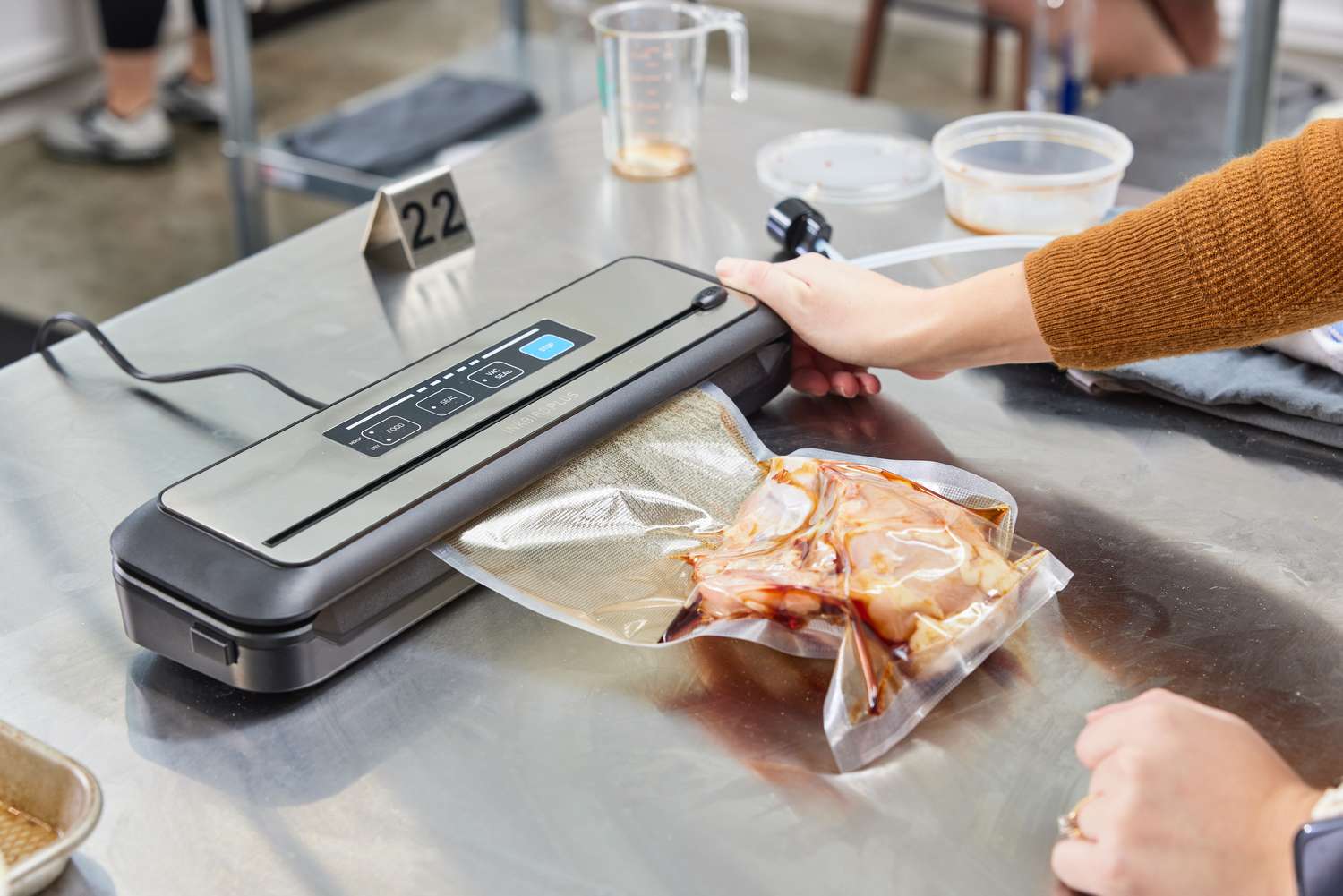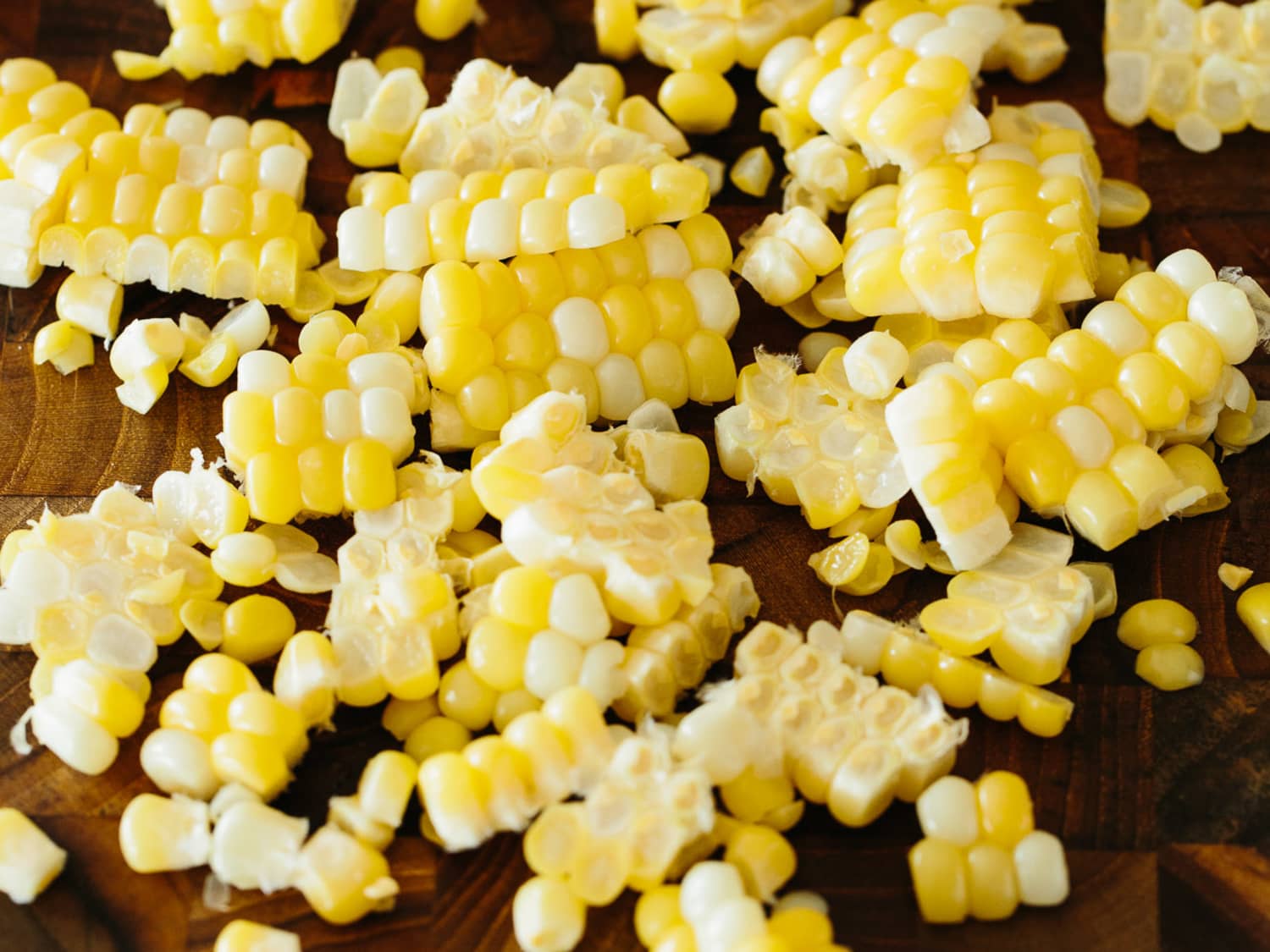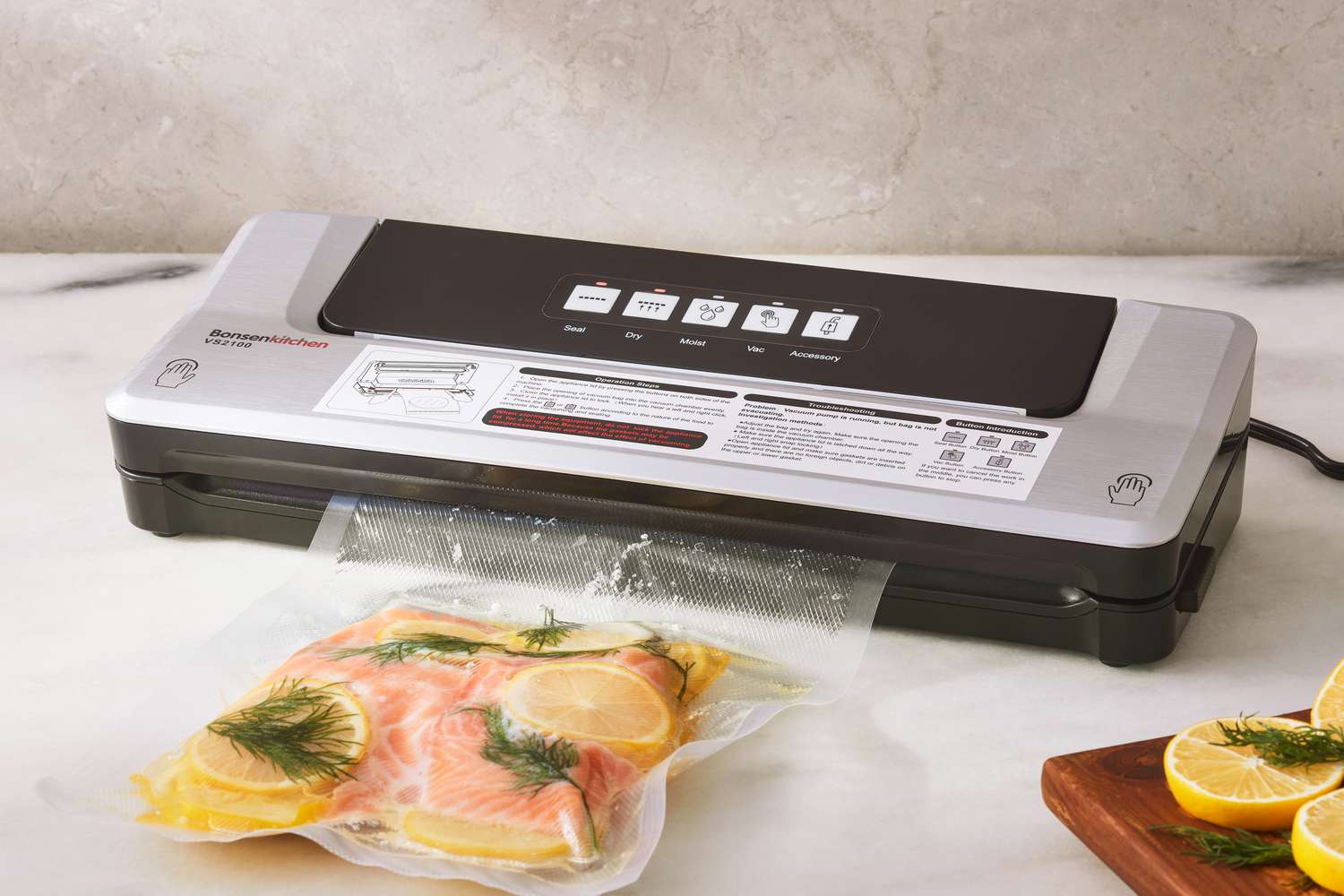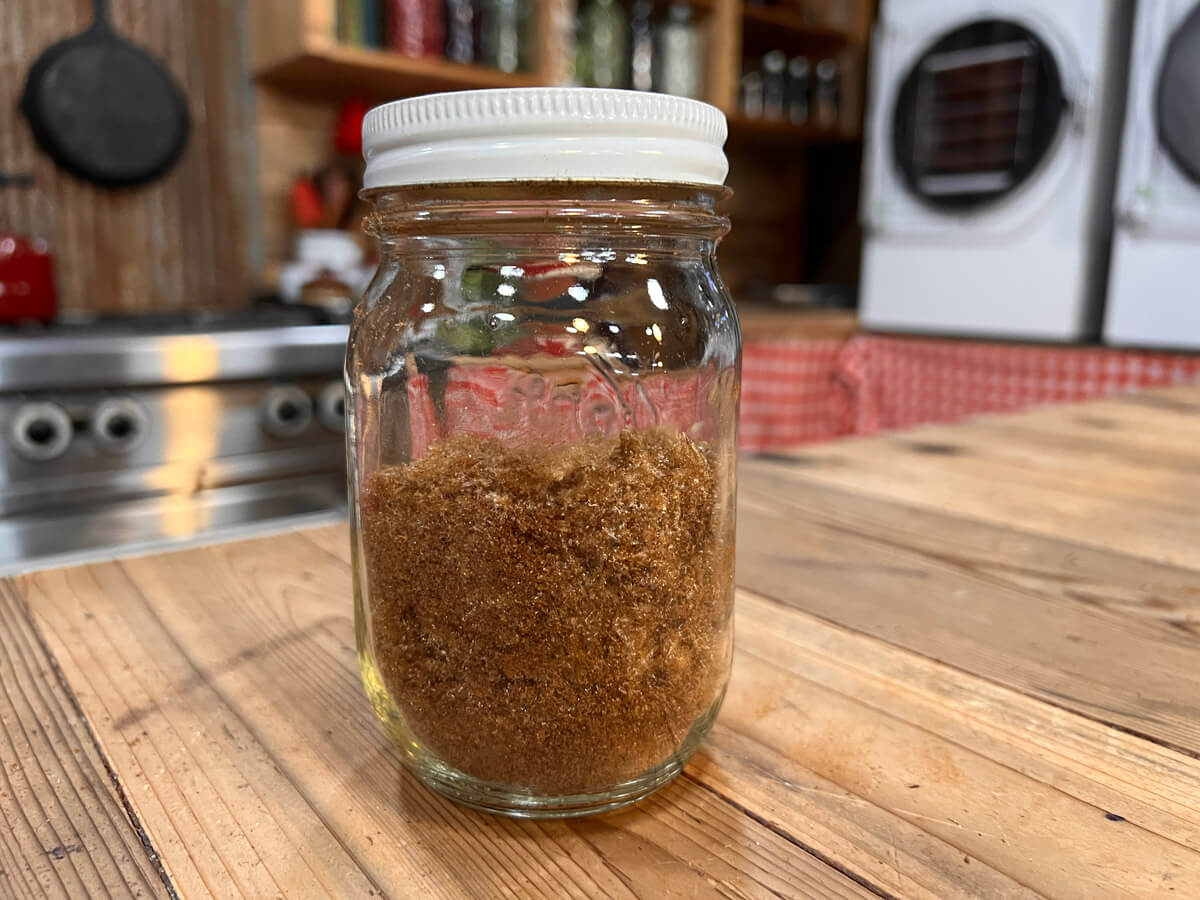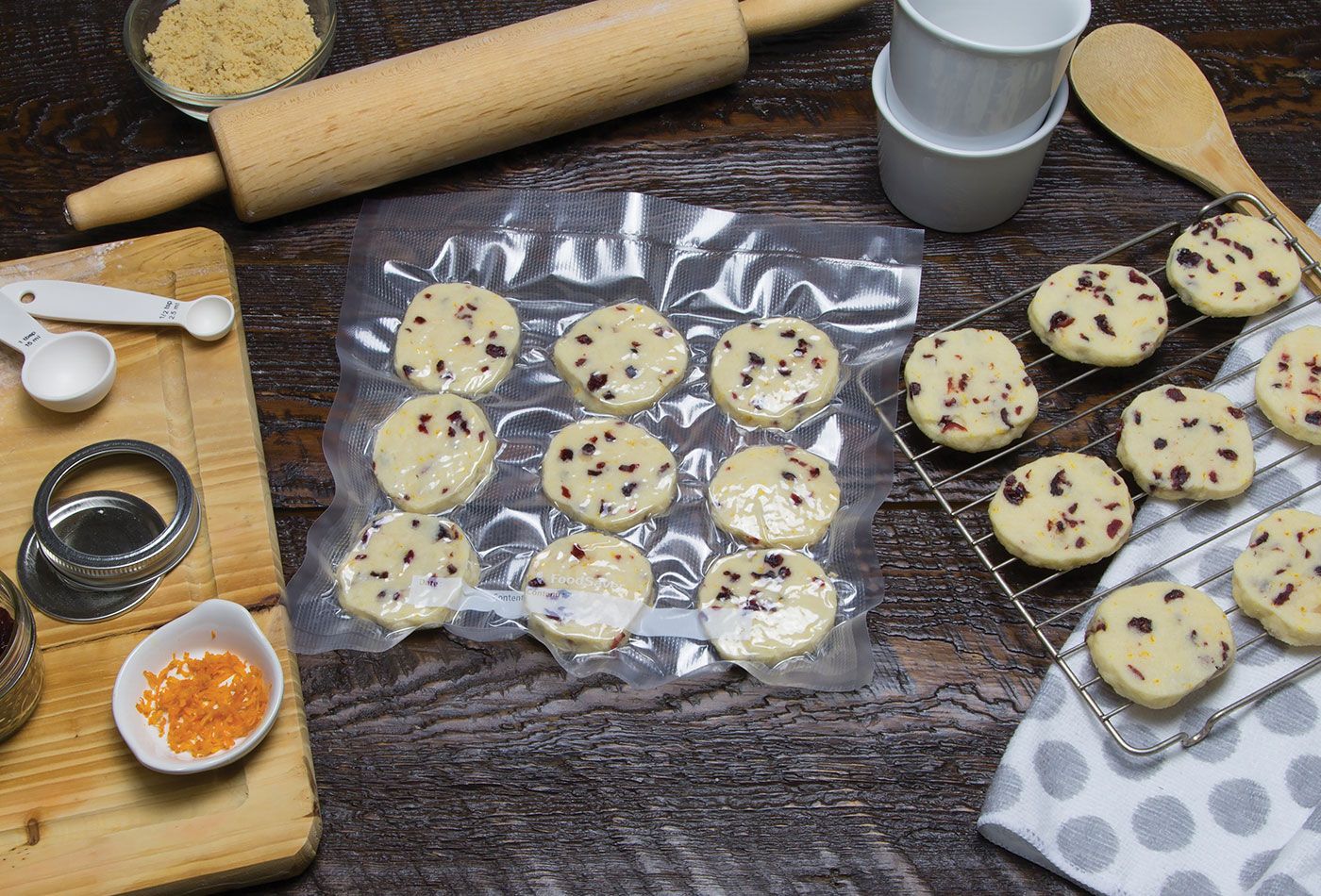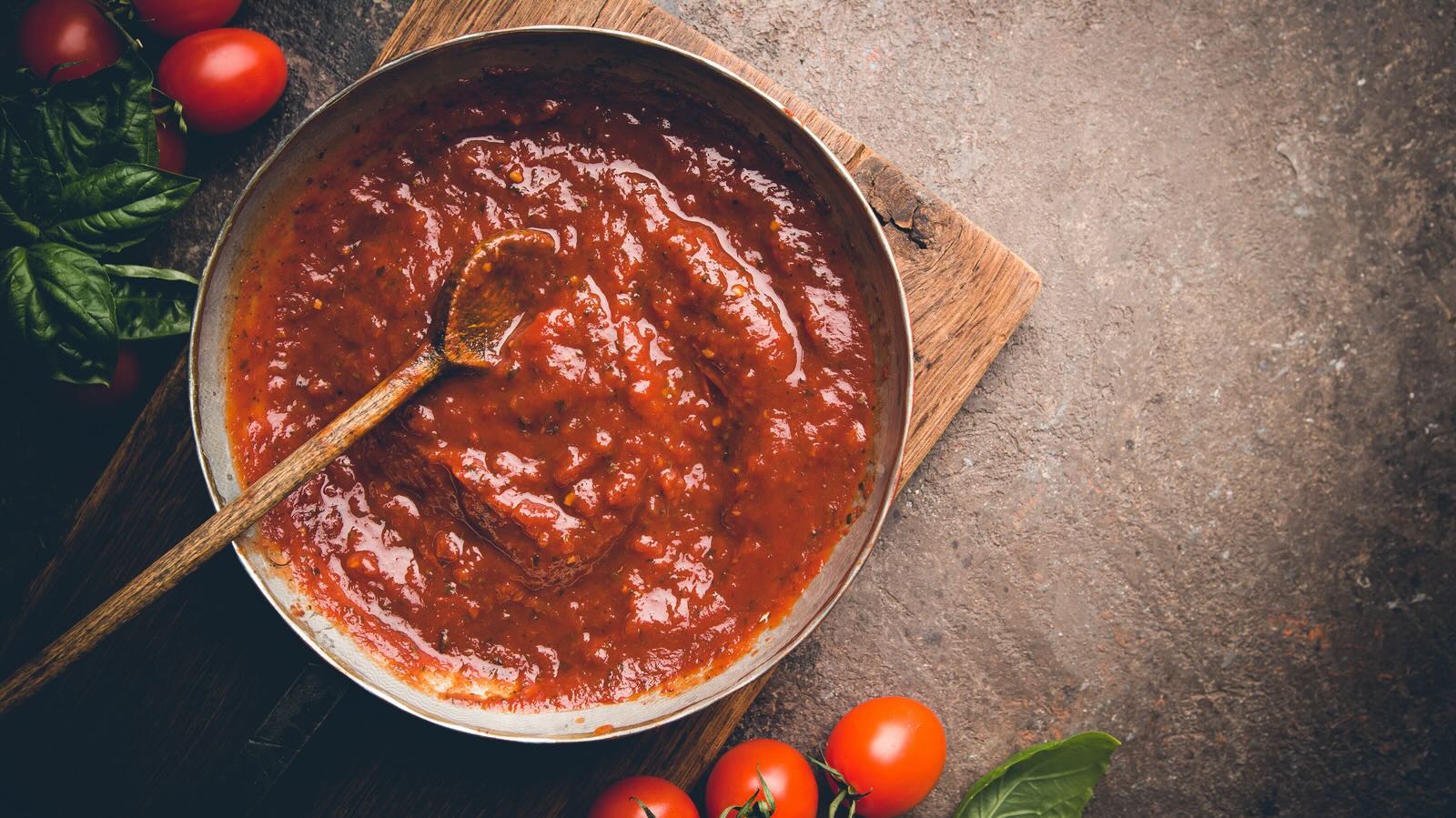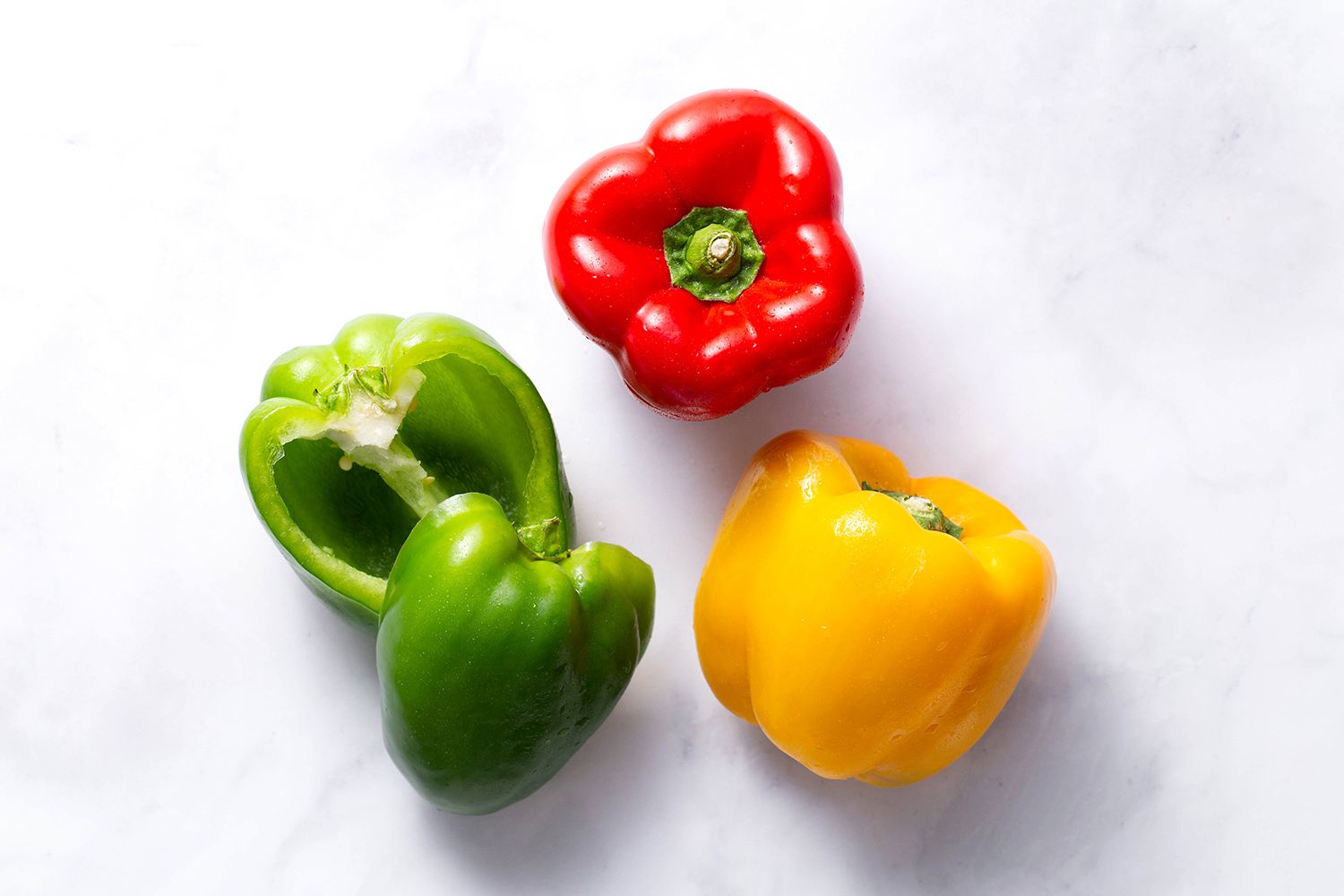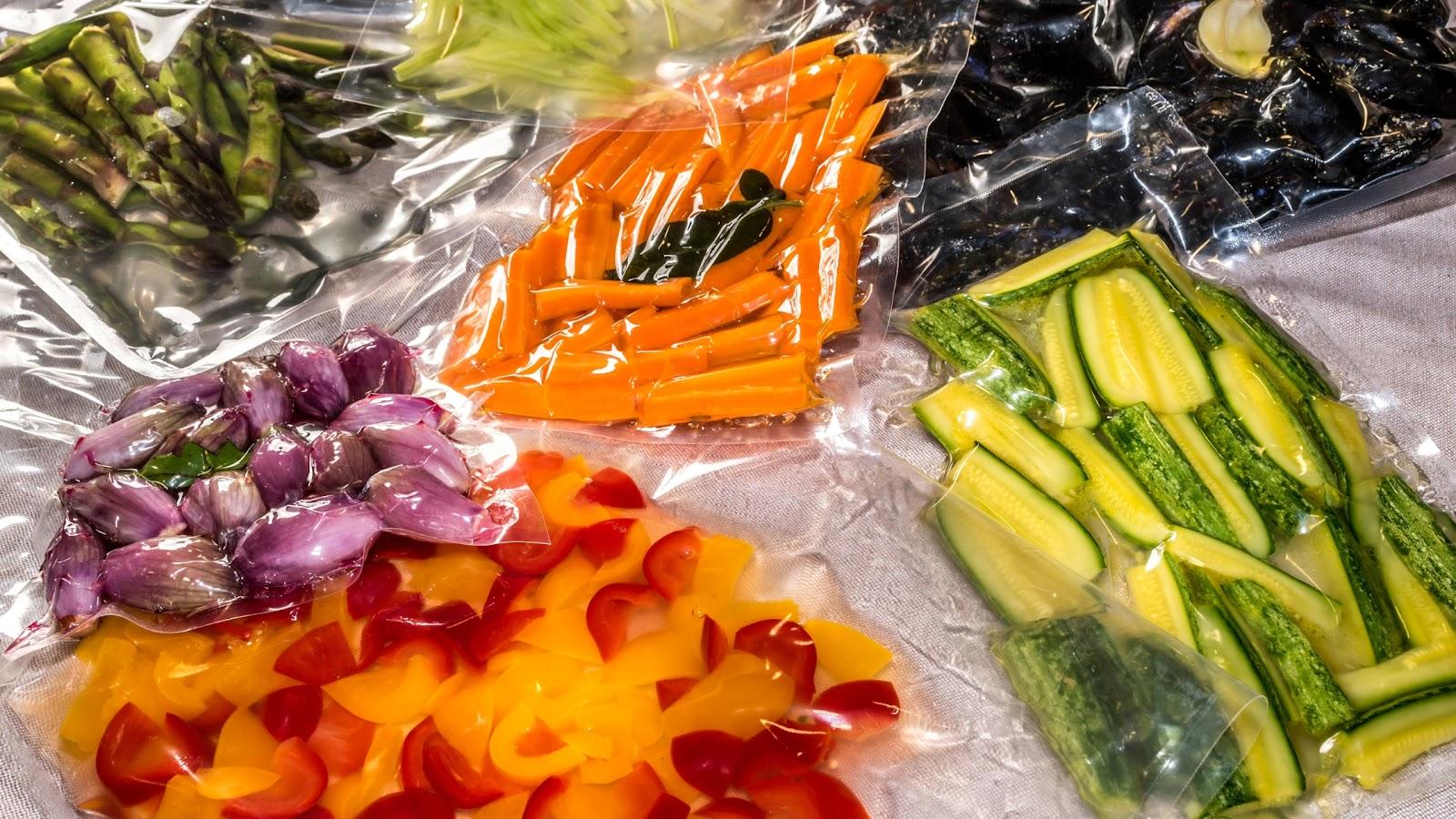Preserving Your Bread with Vacuum Sealing
Are you tired of your bread going stale too quickly? Do you want to extend the shelf life of your favorite loaf of bread? Vacuum sealing is the answer! This simple and effective method can help keep your bread fresh for a longer period of time. In this guide, we will walk you through the process of vacuum sealing bread, so you can enjoy your favorite baked goods for longer.
What You’ll Need
Before you get started, gather the following items:
- A vacuum sealer machine
- Plastic vacuum sealing bags or rolls
- Your favorite loaf of bread
Steps to Vacuum Seal Bread
Follow these easy steps to vacuum seal your bread:
- Slice the Bread: Start by slicing your bread into individual portions. This will make it easier to seal and store.
- Prepare the Bags: Cut the vacuum sealing bag to the desired length, leaving extra space for sealing.
- Place the Bread in the Bag: Carefully place the sliced bread into the bag, ensuring that the pieces are not overlapping.
- Seal the Bag: Once the bread is inside the bag, carefully place the open end into the vacuum sealer machine and follow the manufacturer’s instructions to seal the bag.
- Remove Excess Air: The vacuum sealer will remove the excess air from the bag, creating a tight seal around the bread.
- Store the Sealed Bread: Once sealed, store the bread in a cool, dry place away from direct sunlight.
Tips for Vacuum Sealing Bread
Here are a few tips to ensure successful vacuum sealing of your bread:
- Use Fresh Bread: For the best results, use fresh bread that is not already stale.
- Avoid Overfilling: Make sure not to overfill the vacuum sealing bag, as this can affect the sealing process.
- Label and Date: Consider labeling the sealed bags with the date of sealing to keep track of freshness.
- Use Quality Bags: Invest in high-quality vacuum sealing bags to ensure a secure seal.
- Re-Seal if Needed: If you only use a portion of the sealed bread, you can re-seal the bag to maintain freshness.
Benefits of Vacuum Sealing Bread
Vacuum sealing your bread offers several benefits, including:
- Extended Freshness: Vacuum sealing helps preserve the freshness of bread, extending its shelf life.
- Less Food Waste: By keeping bread fresh for longer, vacuum sealing can reduce food waste.
- Convenient Storage: Sealed bread takes up less space and can be conveniently stored in the pantry or freezer.
- Preservation of Quality: Vacuum sealing helps maintain the texture and flavor of the bread.
Conclusion
Vacuum sealing bread is a simple and effective way to prolong the freshness of your favorite baked goods. By following the steps outlined in this guide and utilizing the right tools, you can enjoy your bread for an extended period of time while minimizing food waste. Give vacuum sealing a try and experience the benefits for yourself!
Was this page helpful?
Read Next: How To Vacuum Seal Okra
